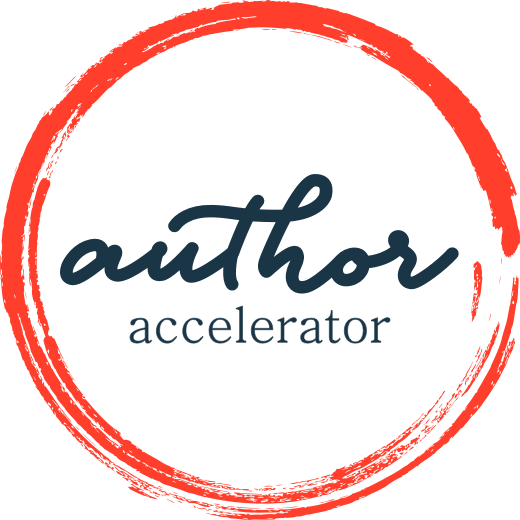Season 2, Episode 10: Show Don't Mel
IN THIS EPISODE
Mel writes an action chapter (!) and wants to know – how do you add in emotion and meaning without slowing down the pace?
According to Kemlo, the key is in the little clues. It doesn’t have to be a long-winded thing, sometimes a word or two, a thought, even nonverbal cues can let us into the heads of our characters when there’s not time or space enough for more. We need to see how things are affecting our characters – if we don’t, does it mean anything to them? Does it mean anything to us?
This is Mel’s third or fourth pass on this chapter (totes normal, you guys! Sadly!) and there’s still room to weave these things in, to layer emotion and meaning so that every word is really serving the story. You want the reader to feel a seamless experience – don’t leave them wondering what’s going on in your protagonist’s head and heart, don’t make them feel like they’re the cameraman trying to take it all in – you want your readers to feel as if they are the protagonist in those moments, feeling those feelings, wanting those same things your characters do.
We return to the concept of show don’t tell – listeners, is anyone else still struggling with this? Like, forever and ever, amen? It’s essentially this: You don’t just feel afraid; you feel your heart pounding, sweat pricking your palms, your vision tunnels, and you want very specific, particular things in that exact moment, because you’re a whole person – just like your characters need to be. If you can show these things without using an emotion word (fear, afraid, dread, you get it) then you’ve done it.
In regards to emotion in the first draft: “I’ll often tell people, go ahead and write ‘she was afraid’ or whatever, use the big box terms and just use it as a placeholder so that you know what you need to capture there so you don’t get stuck on it and slow down, because I think the finessing you’re doing now, the nuance, the subtlety, that takes time.” – Kemlo Aki
Abby and Mel recall their conversation with author Rachel Solomon in the first season, when Rachel told them about her “ad libs” first draft – in order to save time and keep the momentum of the drafting process, she’ll sometimes just leave big blank spaces where emotions, reactions, character development should be – and after getting the basic plot framework down she goes back and fills in the rest. It’s a good strategy if your find yourself getting bogged down in getting it all right during the first draft (which isn’t possible, and that’s OK!).
